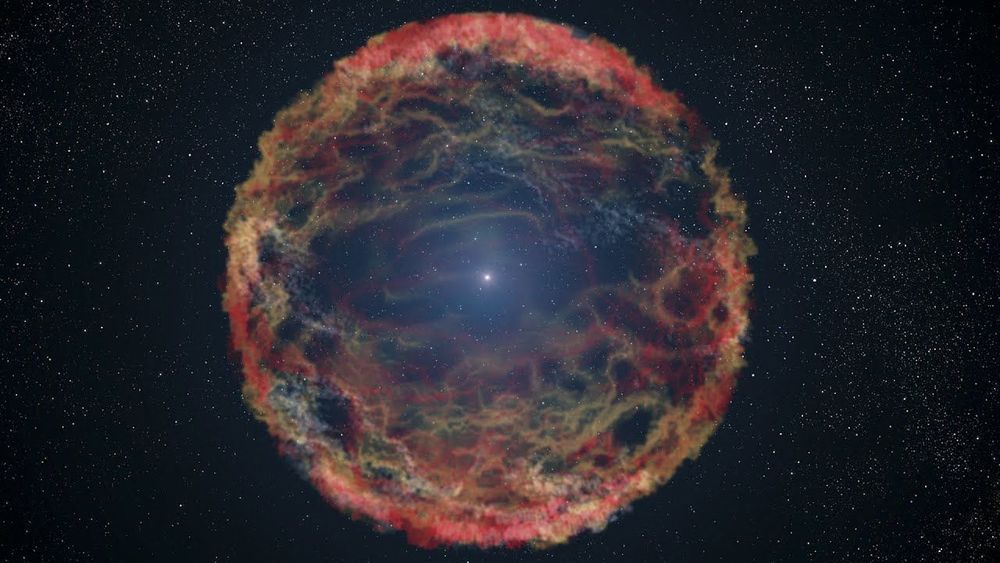Supernovae are some of the most energetic events in the universe, and the resulting nebulas are a favorite for stargazers. To better understand the physics behind them, researchers at Georgia Tech have created a “supernova machine” in the lab.
Stars are basically big volatile balls of gas, sustained for millions of years by a delicate balancing act. Intense gravity wants to pull the matter towards the center, but nuclear fusion in the core is pushing outwards at the same time. Eventually though, the core inevitably runs out of nuclear fuel, and gravity wins the battle.
The star then collapses inwards very quickly, and the resulting shock wave sends material flying outwards at extreme speeds. The event is a supernova, the swirling gas and matter is a nebula, and the dense object formed in the center is a neutron star or a black hole.










Comments are closed.